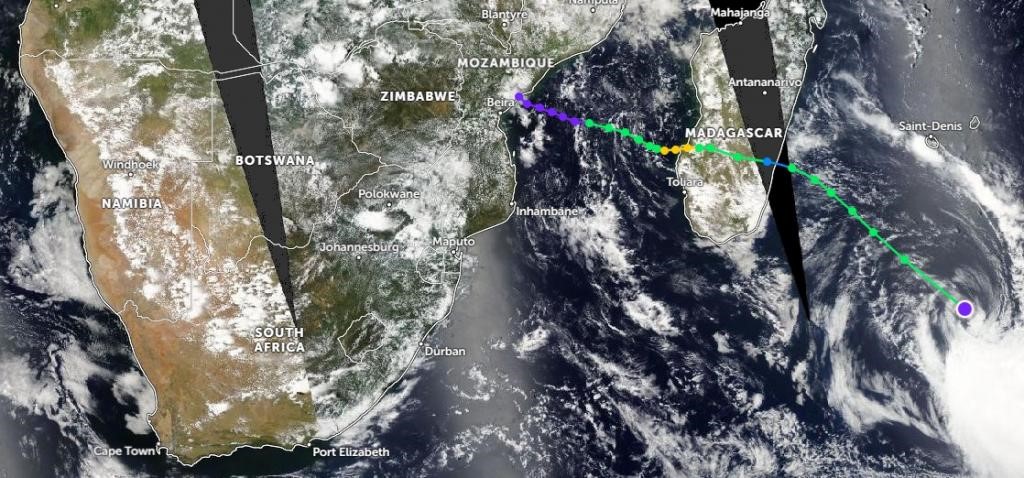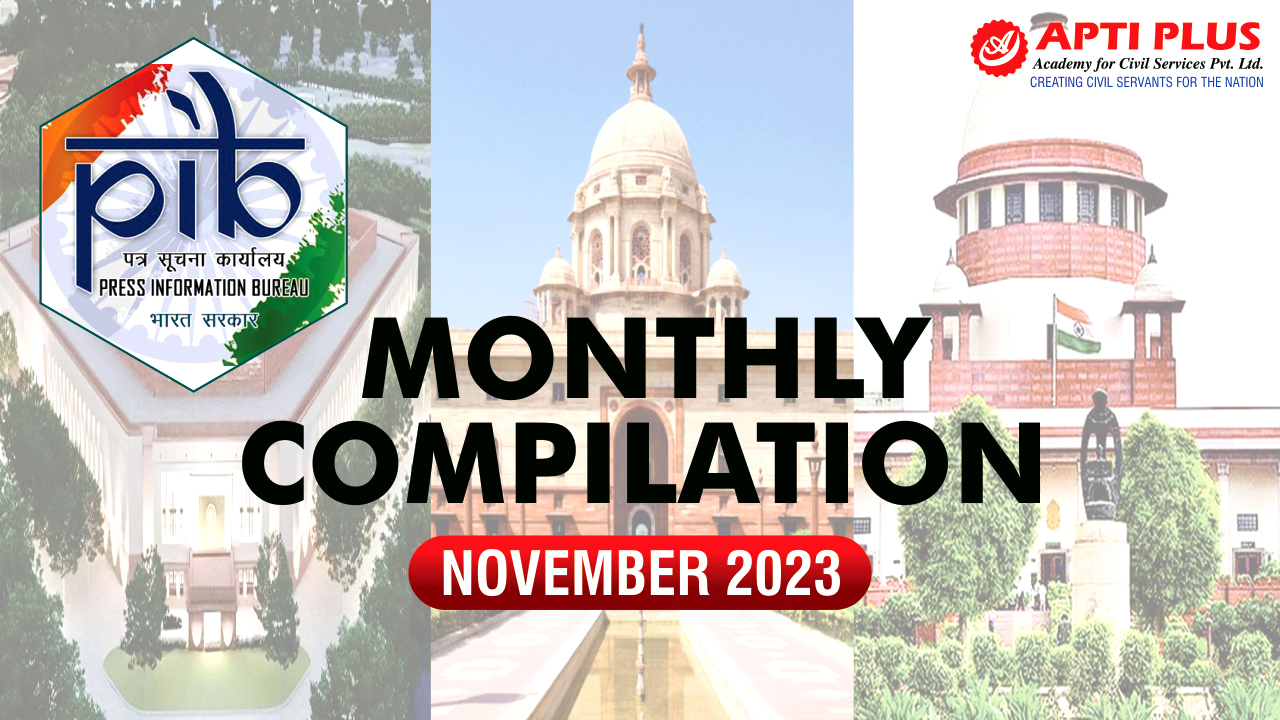Description

Disclaimer: Copyright infringement not intended.
Context
- Alvaro, the first cyclone of 2024, made landfall near Morombe in Madagascar on January 1, 2024.
- It is the first cyclone to hit Madagascar during the 2023-2024 season, which in the southwest Indian Ocean runs from around late October to May.
About the News
- The world’s fourth-largest island was hit by disastrous storms in January and February of 2023.
- It was hit by tropical storm Cheneso, which had made landfall on January 19, 2023, along the northeastern coast of the country.
- Tropical Cyclone Alvaro has affected close to half of the total number of people affected by Cyclone Freddy in Madagascar.
What is a cyclone?
- A cyclone is a large-scale system of air that rotates around the center of a low-pressure area.
- It is usually accompanied by violent storms and bad weather.
- As per NDMA, a cyclone is characterized by inward spiraling winds that rotate anticlockwise in the Northern Hemisphere and clockwise in the Southern Hemisphere.

What are extra tropical cyclones?
- Also known as mid-latitude cyclones, extra tropical cyclones occur outside the tropics (that is beyond the areas that fall under the Tropic of Cancer and the Tropic of Capricorn).
- They have “cold air at their core, and derive their energy from the release of potential energy when cold and warm air masses interact”, according to the US National Oceanic and Atmospheric Administration (NOAA).
- It added that such cyclones always have one or more fronts connected to them.
- A front is a weather system that is the boundary between two kinds of air masses, where one front is represented by warm air and the other by cold air.
- Such cyclones can occur over land and ocean.
What are tropical cyclones?
- Tropical cyclones are those which develop in the regions between the Tropics of Capricorn and Cancer.
- They are the most devastating storms on Earth.
- Such cyclones develop when “thunderstorm activity starts building close to the center of circulation, and the strongest winds and rain are no longer in a band far from the center,” NOAA noted.
- The core of the storm turns warm, and the cyclone gets most of its energy from the “latent heat” released when water vapour that has evaporated from warm ocean waters condenses into liquid water, the agency added.
- Moreover, warm fronts or cold fronts aren’t associated with tropical cyclones.
- Tropical cyclones have different names depending on their location and strength.
- For instance, they are known as hurricanes in the Caribbean Sea, the Gulf of Mexico, the North Atlantic Ocean, and the eastern and central North Pacific Ocean.

How do cyclones form?
- Tropical cyclones form only over warm ocean waters near the equator.
- To form a cyclone, warm, moist air over the ocean rises upward from near the surface.
- As this air moves up and away from the ocean surface, it leaves less air near the surface. So basically, as the warm air rises, it causes an area of lower air pressure below.
- Air from surrounding areas with higher air pressure pushes into the low-pressure area. Then this new “cool” air becomes warm and moist and rises, too. And the cycle continues.
- As the warmed, moist air rises and cools the water in the air forms clouds.
- The whole system of clouds and wind spins and grows, fed by the ocean’s heat and water evaporating from the ocean surface.
- As the storm system rotates faster and faster, an eye forms in the center.
- It is very calm and clear in the eye, with very low air pressure. Higher-pressure air from above flows down into the eye.
- When the winds in the rotating storm reach 39 mph (63 kph), the storm is called a “tropical storm”.
- And when the wind speeds reach 74 mph (119 kph), the storm is officially a “tropical cyclone” or Tropical cyclones usually weaken when they hit land because they are no longer being “fed” by the energy from the warm ocean waters.
- However, they often move far inland, dumping many centimeters of rain and causing lots of wind damage before they die out completely.
|
PRACTICE QUESTION
Examine the socio-economic and environmental impacts of tropical cyclones on coastal regions in India
|











